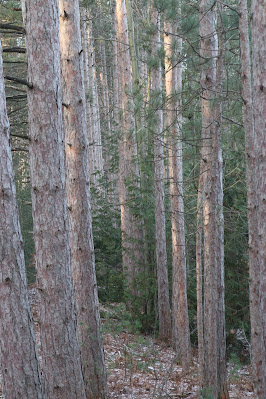CBC4 KIDS:
Lambton Wildlife (LWI) hosted its annual Children's Christmas Bird Count at Canatara Park on December 30th. Twenty-six kids and their parents signed up for a morning session to count birds in the park. The kids were divided into 5 groups; each with an experienced birder.
Once the kids had signed out the LWI binoculars, they participated in a "Bino Boot Camp". Laminated pictures of local birds were strung in trees, giving the kids a chance to practice their focusing skills.
Mallards
Canada Geese and Mallards were the most abundant birds.
Hooded Merganser
A lone male Hooded Merganser was viewed by most of the kids. The Hooded Merganser, as well as a Tufted Titmouse and 6 Tundra Swans were all new for this bird count which has been held since 2018. In a one hour time period, the entire group saw 19 different species of birds and a total of 270 individual birds!
Any youth 6-12 years, interested in joining Lambton Wildlife’s Young Naturalist program can find more information at the following link. Registration is free and events happen approximately once per month.

















































